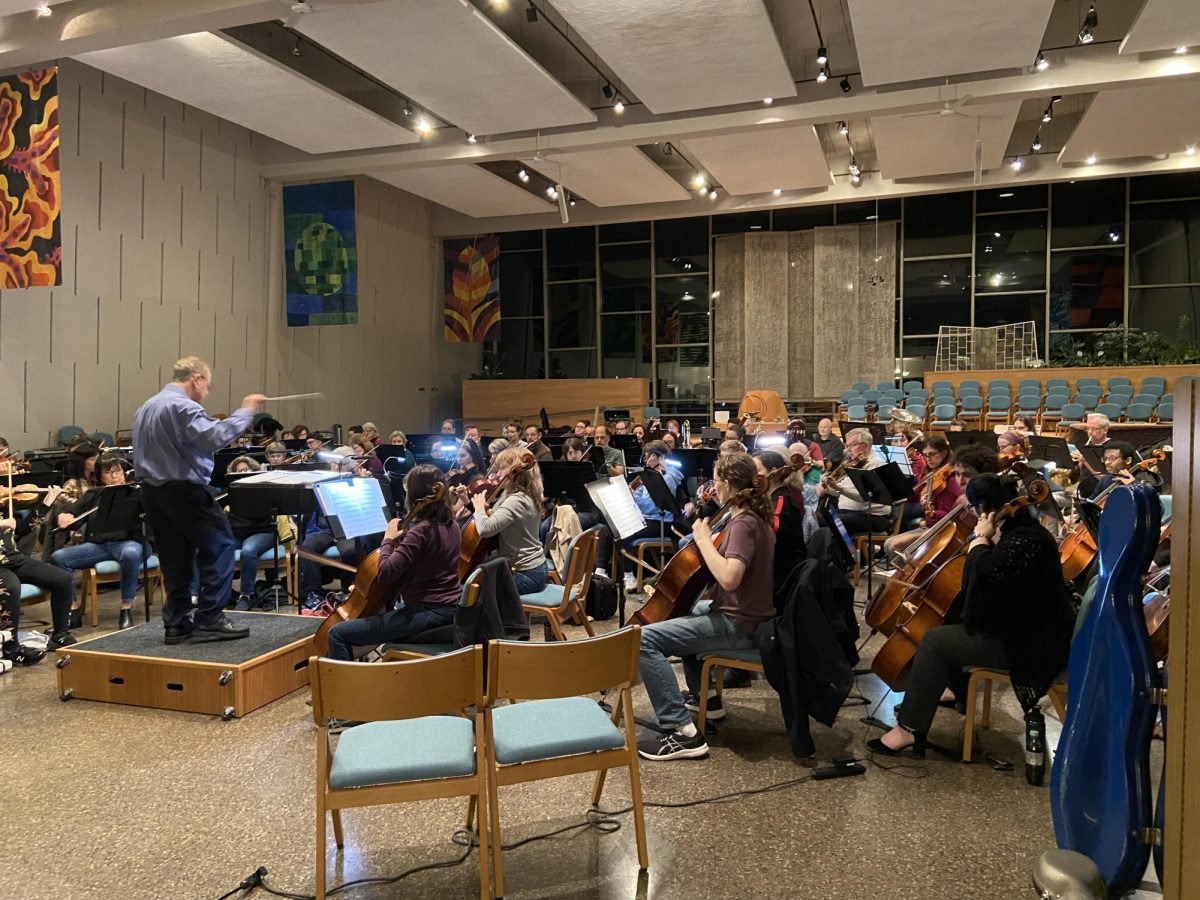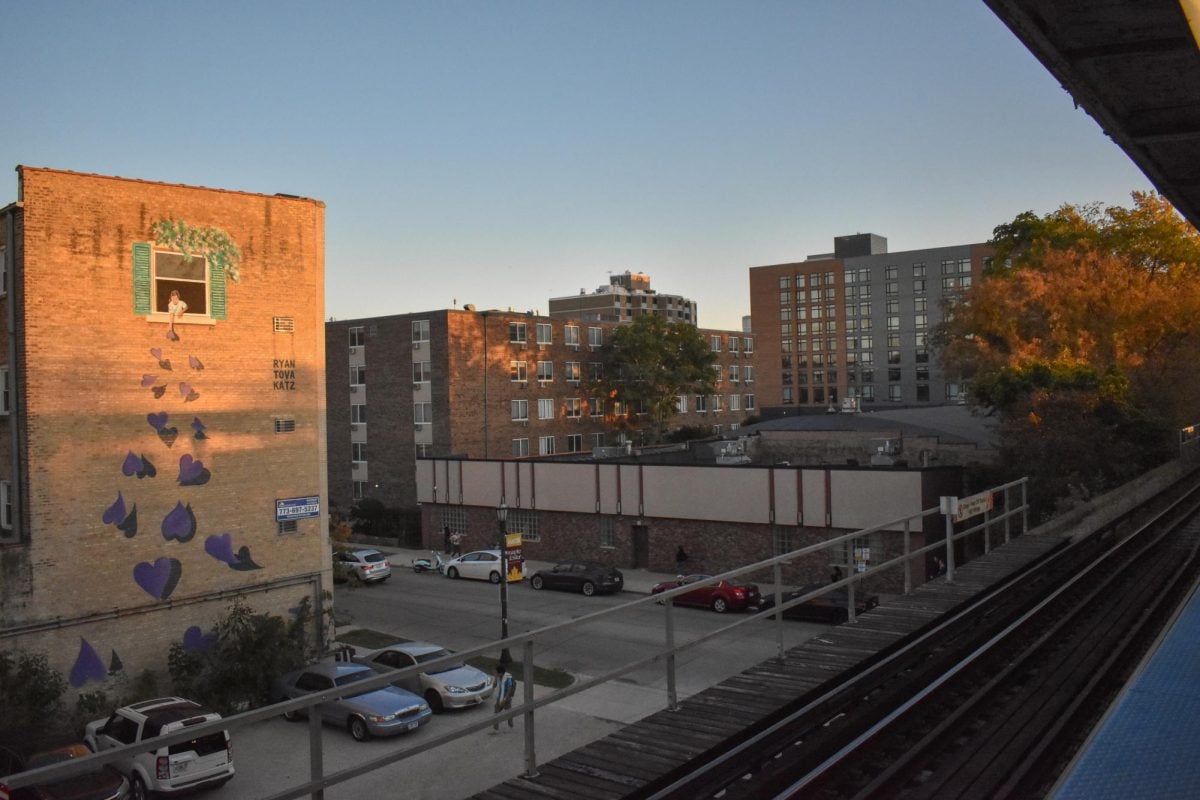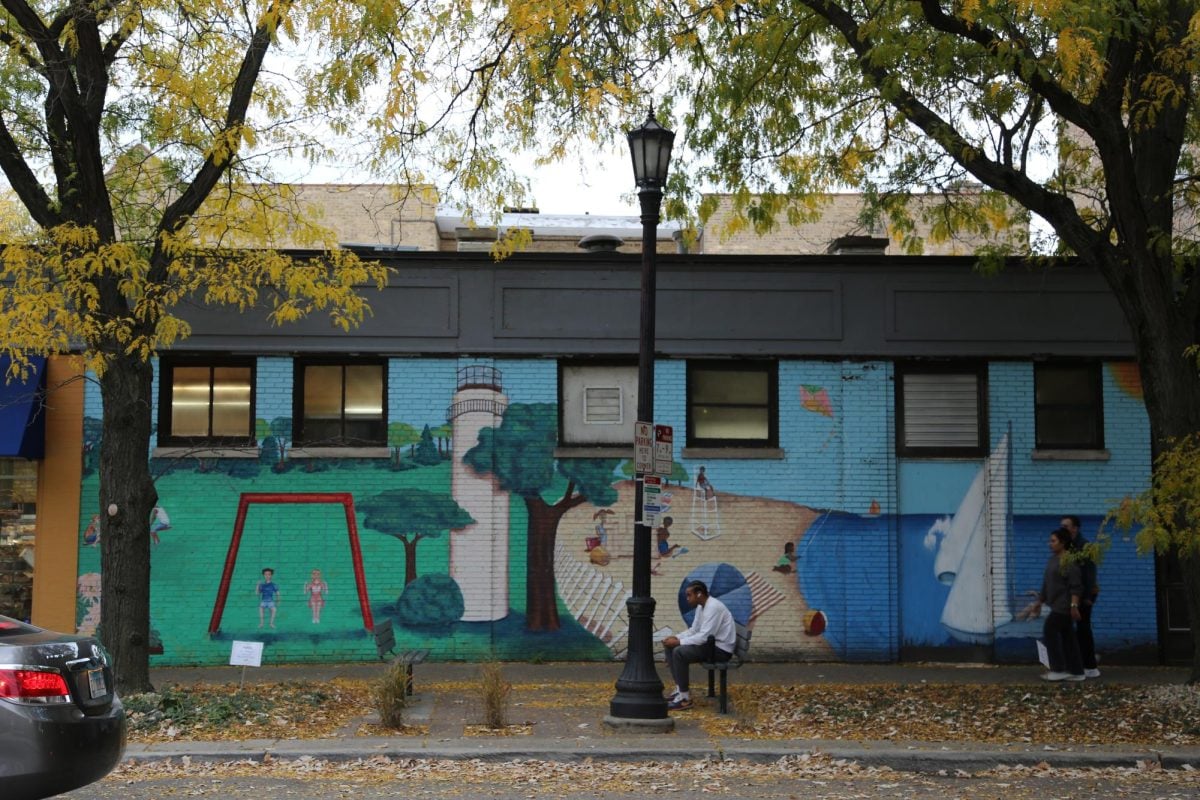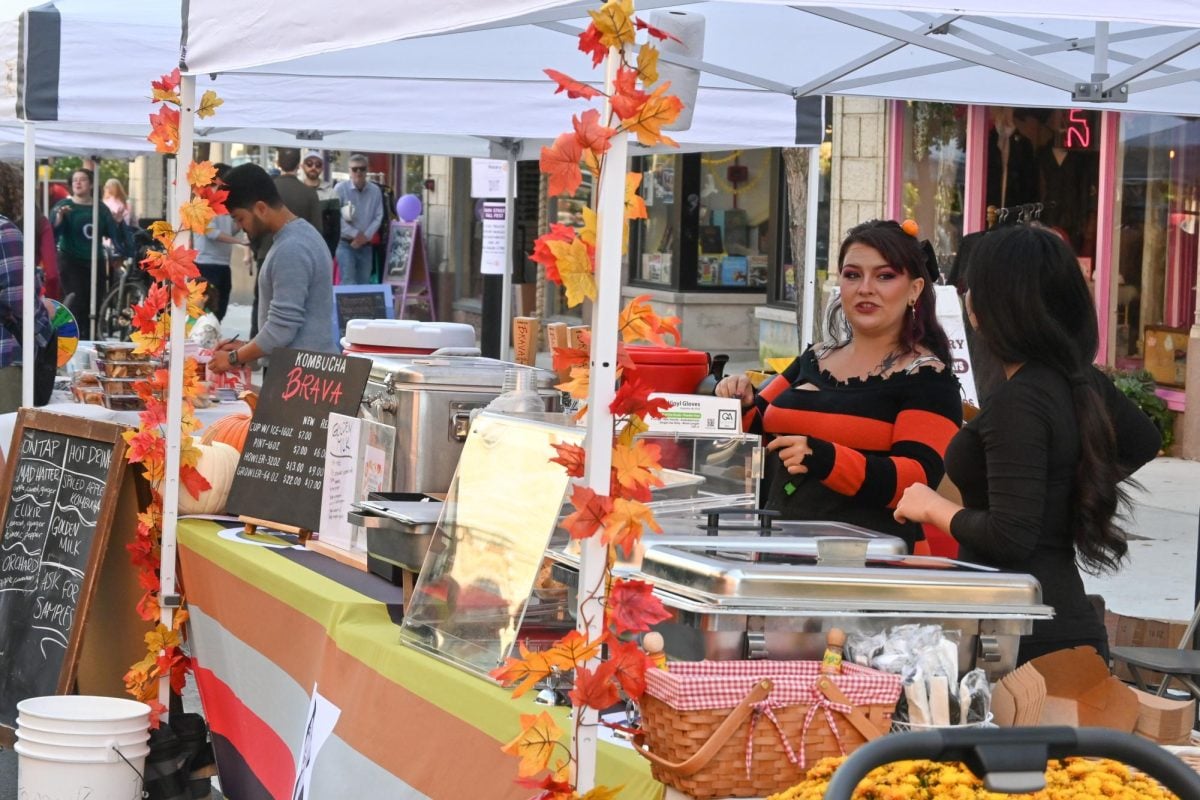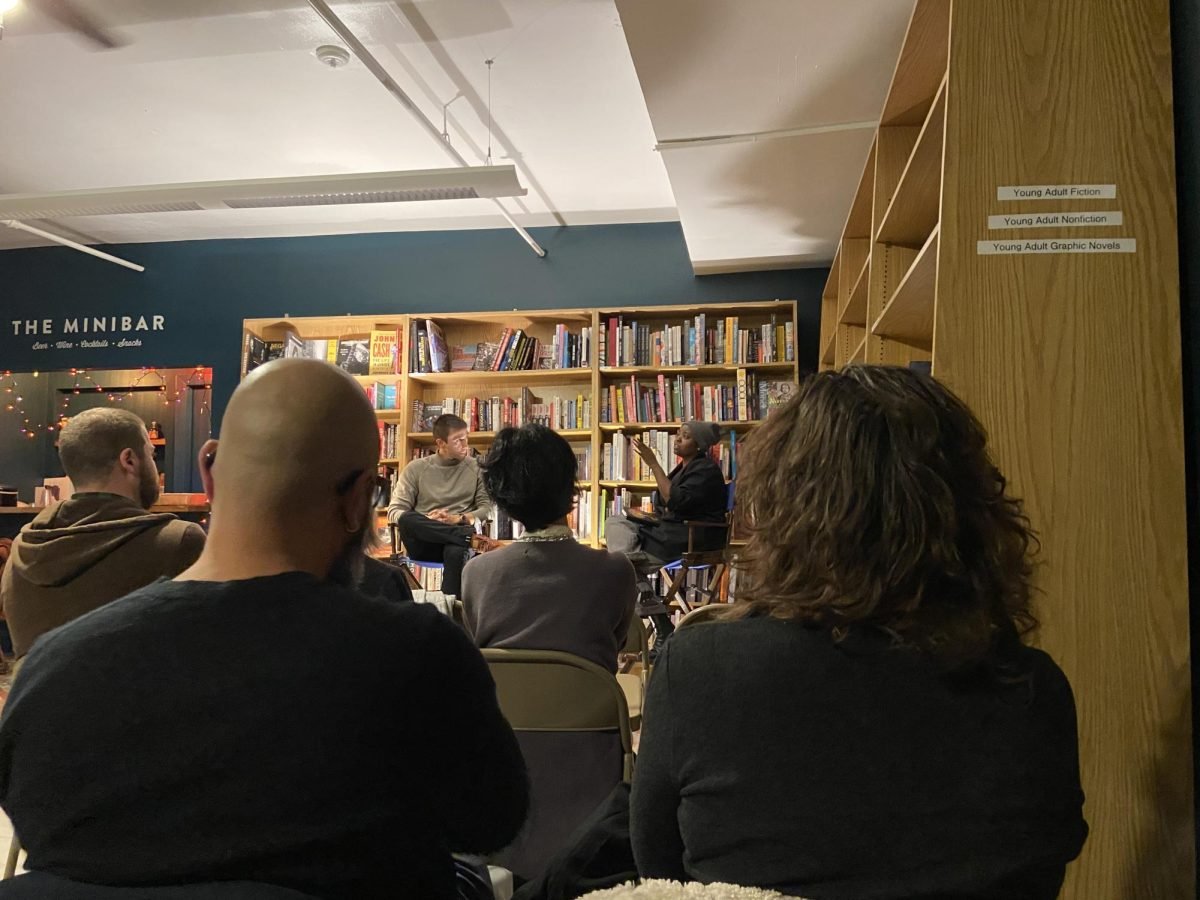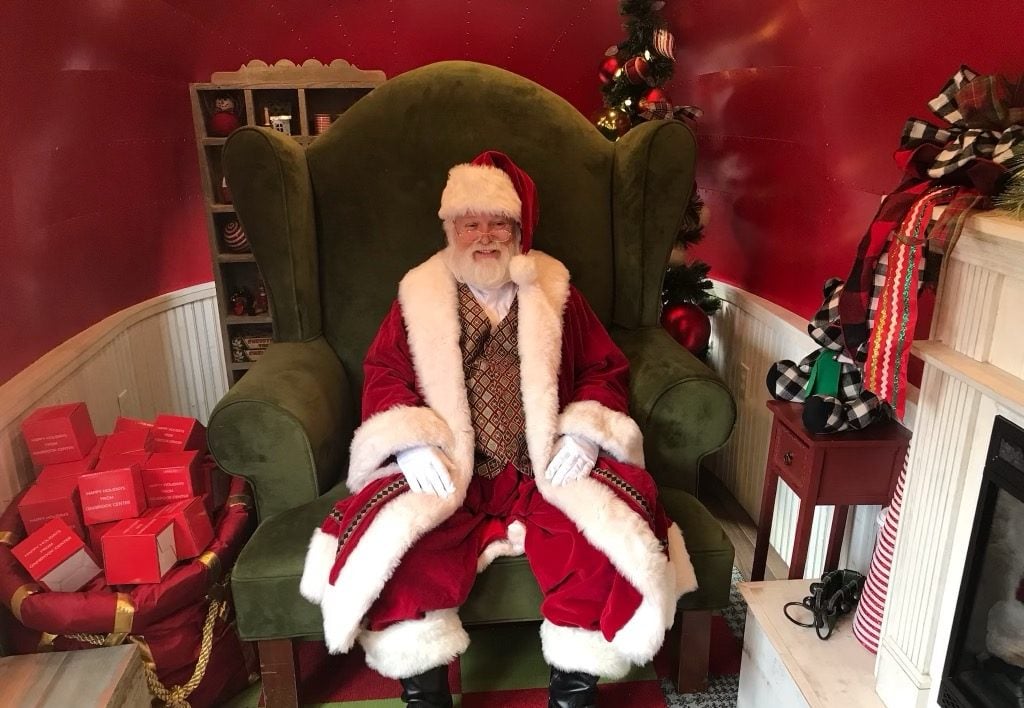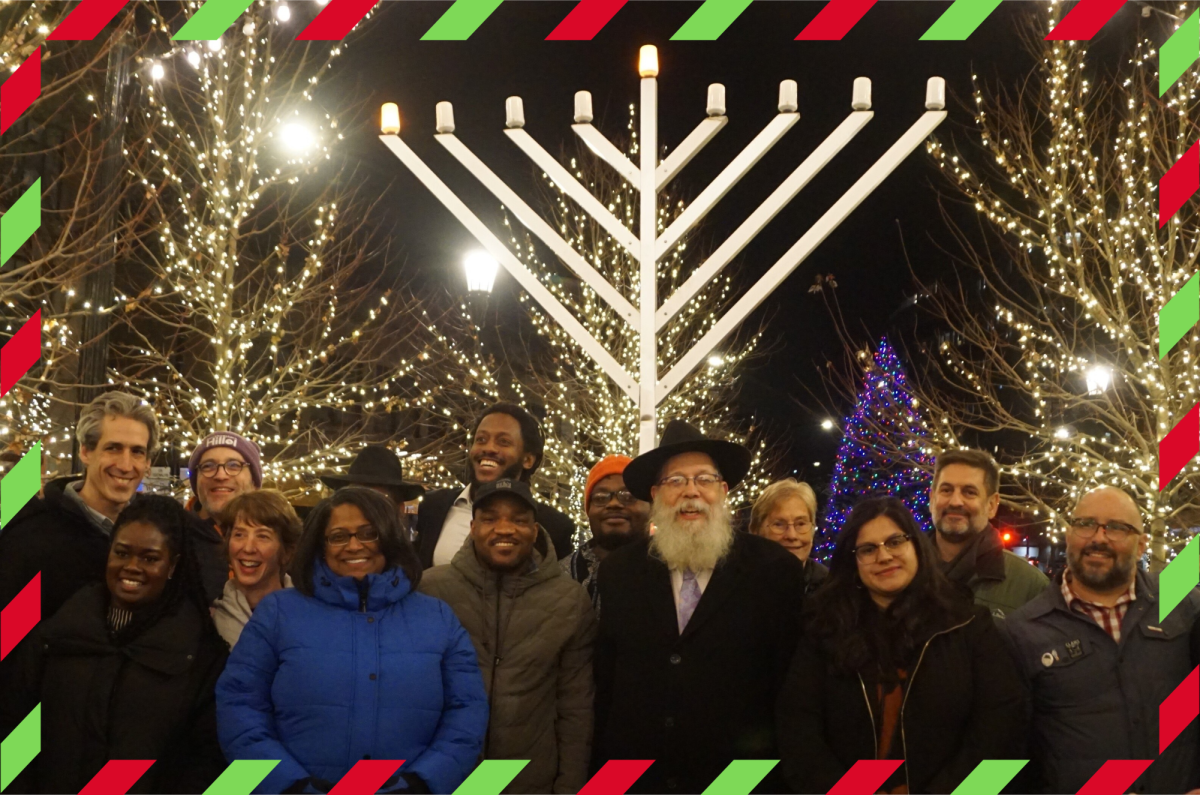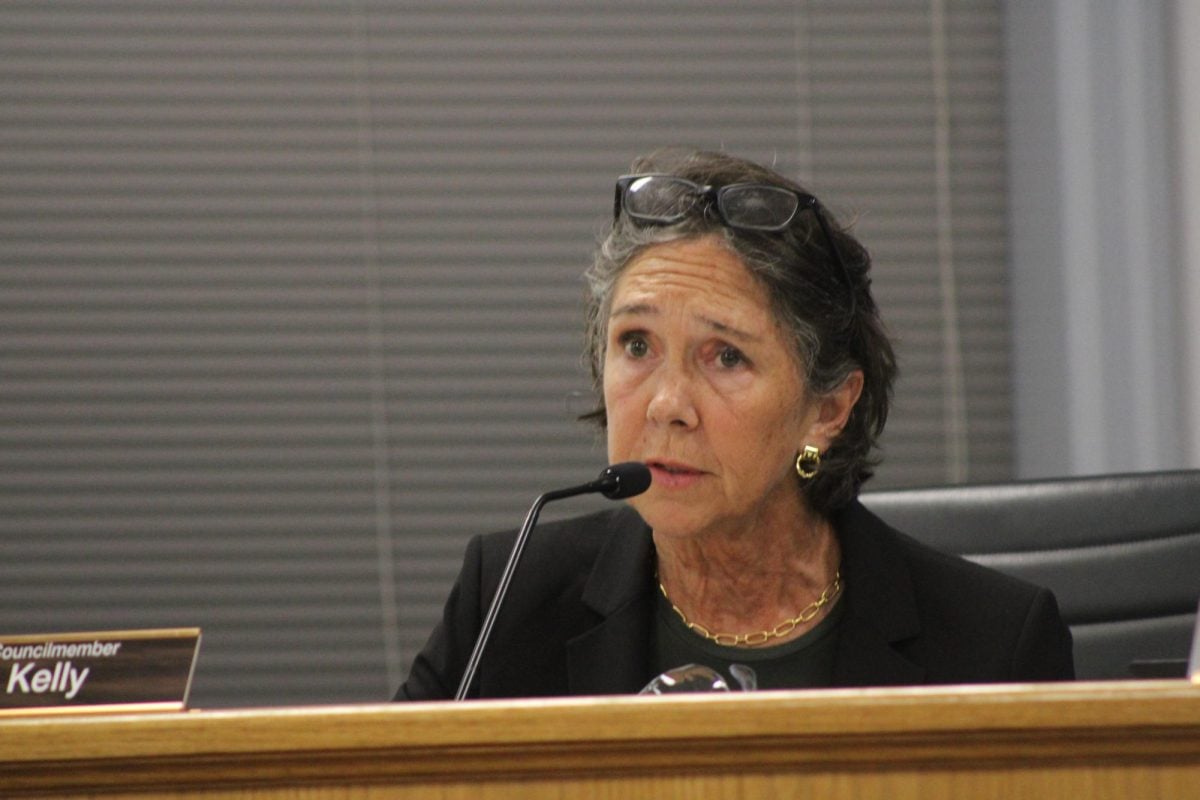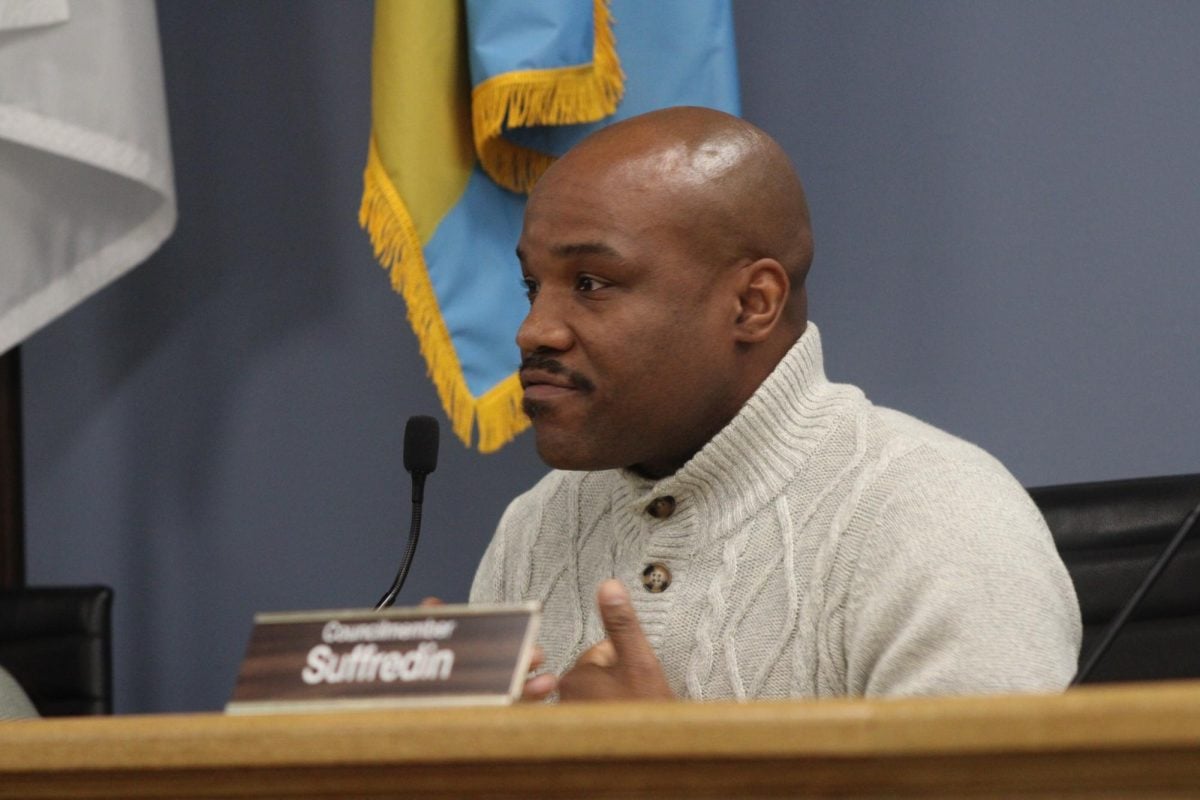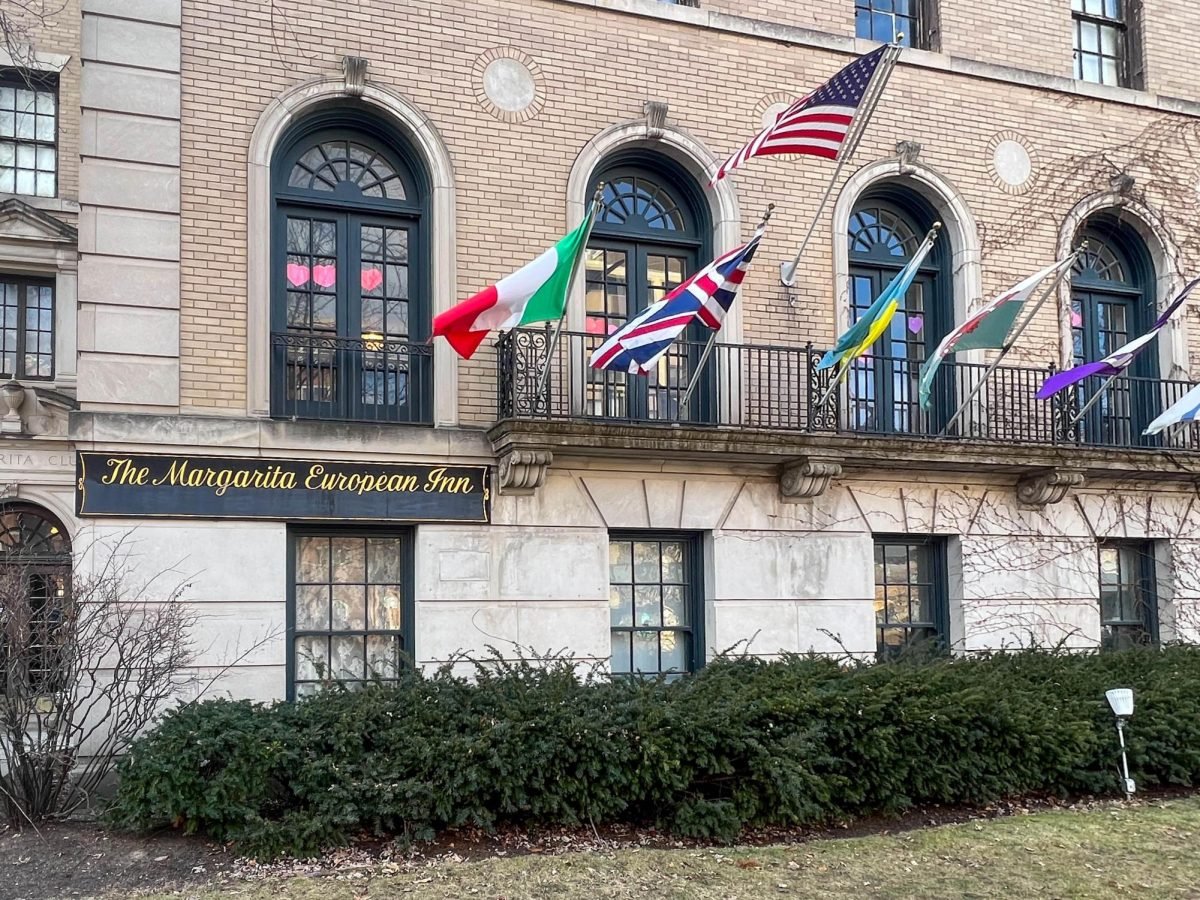The National Endowment for the Arts and Evanston released a study last week on downtown-area performing arts, suggesting the construction of three new performing arts facilities downtown.
The city obtained a $50,000 grant from the NEA in 2011 to carry out the study, which examined the feasibility of creating an arts district in Evanston, said Dennis Marino, the city’s planning and zoning division manager.
“If you look at the city’s economic development strategy, the performing arts is a core element of that,” he said, adding the city is well-positioned geographically to become a center for performing arts in the North Shore and the north side of Chicago.
The study ruled out the possibility of reusing Varsity Theater, a vacant 1st Ward theater, which was the subject of several previous studies, as a performing arts venue, citing the high cost of converting the vacant building into a new performance facility.
Instead, the study recommends three potential venues downtown that would form an arts corridor with existing performance venues, the downtown area and the Northwestern campus. The first venue is currently a city-owned parking lot on the west side of Chicago Avenue between Clark and Church Streets, which would be converted into two flexible theaters.
The second would be a dance and music theater on the north side of Davis Street, between Orrington and Chicago Avenues. The last possible venue is an existing theater facility at the southeast corner of Davis Street and Maple Avenue for Northlight Theater, a company that started in Evanston but moved to Skokie.
The recommended venues would allow existing performance groups in the city to reach their potential, Marino said.
Tim Evans, Northlight Theater’s executive director, said the theater has an interest in moving back to Evanston but will also consider other options.
The city made a “great first step” in completing the study, Evans said, which he deemed representative of inputs from the Evanston performing arts community.
“They’re very much in the right direction because the soul of this community has a creative nature to it,” he said.
Though he applauded the city’s progress, Evans cautioned follow-up actions to the study are important.
The study recommends the city form a task force overseeing the next stages of the planning process and use TIF districts as a funding option. Ald. Donald Wilson (4th), said the priority would be to look for project funding.
“These things cost money, so you have to work with what’s going to actually have a chance to succeed financially, as well,” Wilson said.
Expressing optimism in Evanston art development, Wilson said collaboration among the city, arts groups, NU and the business community is key to bringing progress in the arts.
“I’m hoping that over the next several years we can truly make a positive change and do much more than we’ve been able to do in the past to support the arts,” he said.
Medill Prof. John McCarron, an Evanston resident, said he supports the city’s efforts to bolster performing arts but argued any new venue should not rely on city funds.
“It would be nice to have them, but I think it’s probably not a taxpayer risk that ought to be taken,” McCarron said.
